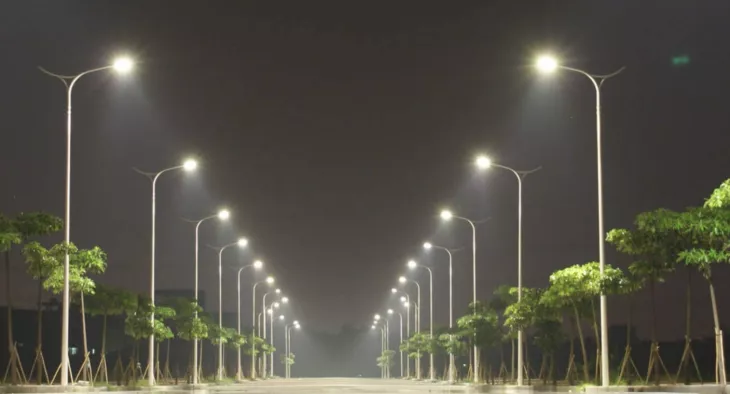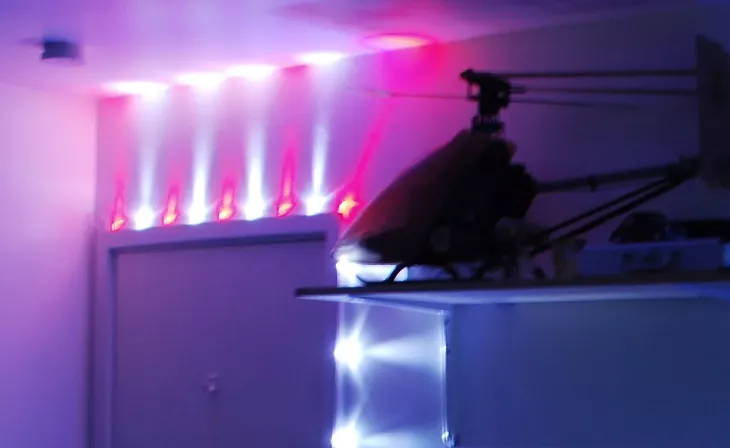Recently, a debate has arisen about LED and light pollution. LED is a revolution from the lighting industry and the best light source on the market now. We can control the light exactly as we want and greatly minimize light pollution.
Why LED?
Replacement with LED is an important goal to achieve the UN's climate goal of reducing energy consumption. And even though we have become accustomed to the yellow light, LED can provide a better aesthetic experience of the surroundings by dimming and warmer colour temperature and provide a higher degree of security.
We can save up to over 90% of energy consumption on lighting compared to traditional light sources, and LEDs also have a much longer lifespan. LED is a small light source in terms of size and enables the production of luminaires with very precise control of the light so that it is possible to minimize light pollution. LEDs also have a very large range of colour temperatures.
LED is a digital light source that is easy to control together with smart control systems. Most luminaires can adjust the brightness and we can easily control the light so that we get the amount of light we need at all times. Sensors and other electronics can also be used so that the light can be switched on when only people are present if desired. This will contribute to a significantly lower degree of light pollution.
Does LED provide more light pollution?
All outdoor lighting will in one way or another add an element of light pollution - regardless of the choice of the light source. Light pollution can easily be described as poorly adapted or superfluous electric lighting, and we had light pollution before the LED came.
It is more normal to refer to the excess light as light pollution. It is true that LEDs scatter more light into the atmosphere and that is why it is so important to have professional expertise when designing lighting systems with LED technology.
Increased interest in lighting
We see that interest in lighting has increased in the municipalities to make their own strategic lighting plans. This can be a good measure to reduce light pollution. In such plans, light levels, colour temperatures of the light and light directions can be planned in general. Several municipalities have now already prepared strategic lighting plans for cities and towns. Early inclusion of lighting design gives more leeway to create lighting that is well integrated into the architectural design, both indoors and outdoors.
Through comprehensive lighting planning, the municipalities will be able to achieve three major gains; more attractive and safe places reduced energy consumption and climate emissions as well as financial savings.
Regulation of lighting
The municipality should regulate the lighting and have strict guidelines. Lighting culture recommends municipalities to start preparing strategic overall lighting plans.
























